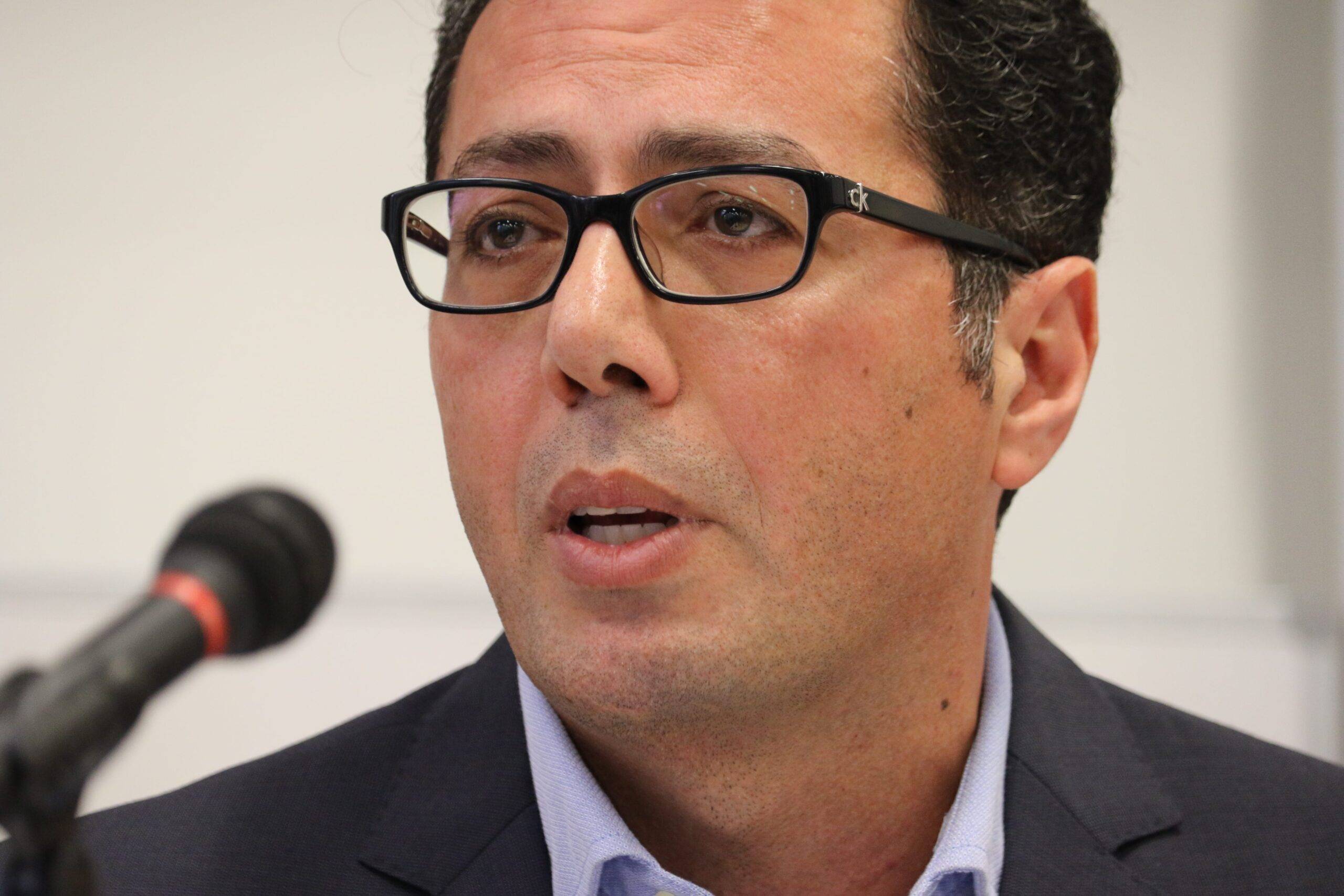Humanitarian aid should never be politicised though, quite often, the very survival of nations is used as political bargaining chips.
Sadly, Gaza remains a prime example. Even before the current war, the Gaza Strip suffered under a 17-year hermetic blockade, which has rendered the impoverished area virtually ‘unlivable’.
That very term, ‘unlivable’ was used by the then-UN Special Rapporteur for the Situation of Palestine, Michael Lynk, in 2018.
As of mid-December, “nearly 70% of Gaza’s 439,000 homes and about half of its buildings have been damaged or destroyed”, the Wall Street Journal reported, citing experts who conducted a thorough analysis of satellite data.
As tragic as the situation was in December, now it is far worse.
Some 67 per cent of Gaza’s water, sanitation facilities and infrastructure have been destroyed or damaged, according to a statement by the United Nations Agency for Palestinian Refugees (UNRWA) on 19 June, leading to the spreading of infectious diseases, which have ravaged the beleaguered population for months.
The Altalena Affair: Is Israel heading towards a civil war?

The spread of disease is also linked to the accumulation of garbage everywhere in Gaza. Earlier, the refugees agency reported that “as of June 9, over 330,000 tons of waste have accumulated in or near populated areas across Gaza, posing catastrophic environmental (and) health risks.”
The situation was already disastrous. Indeed, three years before the war, the Global Institute for Water, Environment and Health (GIWEH) said, in a joint statement with the Euro-Mediterranean Human Rights Monitor, that 97 per cent of Gaza water was undrinkable and unfit for human consumption.
Yet, so far, any conversation on allowing aid to Gaza, or the rebuilding of Gaza after the war, has been placed largely within political contexts.
By shutting down all border crossings, including the Egypt-Gaza Rafah Crossing – which, on 17 June was set ablaze – Israel has politicised food, fuel and medicine as tools in its war in the Strip.
This is not a mere inference, but the actual statement made by Israeli Minister of Defence, Yoav Gallant, who on 9 October, declared that he had ordered a “complete siege” and that “there will be no electricity, no food, no fuel, no water” entering Gaza.
The timing of the statement, which has indeed been put into action from the first day of the war, suggests that Israel did not apply the strategy as a last resort. It was one of the most important pieces in the war stratagem, which remains in effect to this day.
Instead of pressuring Israel, Washington tried to obtain its own political leverage, also by politicising aid. On 3 March, the US Air Force started airdropping aid into northern Gaza. A far more conducive and less humiliating option for Palestinians, however, would have been direct US pressure on Israel to allow access to aid trucks arriving through Rafah, Karem Abu Salem (Kerem Shalom) Crossing or any other.
Scenes and images of thousands of starving Palestinians chasing after boxes of aid parachuted in Gaza will remain etched in the collective memory of humanity as an example of our failed morality.
News reports spoke of whole families who were killed under the weight of the dropped ‘aid’, much of which had fallen in the Mediterranean, never to be retrieved.
Read: Armed vs. peaceful resistance – What you need to know about Muqawama in Gaza
Even the Gaza pier, constructed by the US military on the Gaza shore last month, did little to alleviate the situation. It merely transported 137 aid trucks, according to the US’ own estimation, enough to cover Gaza’s need for food for a few hours only.
During the years of siege, an average of 500 trucks arriving daily in Gaza has kept the 2.3 million population of the Strip alive, though malnourished.
To deal with the outcome of the war, and to stave off current starvation, especially in the north, the number of aid trucks would have to be much higher. Yet, whole days would pass without a single truck making its way to the suffering population. This is unacceptable.
![Lifeless body of 10-year-old Palestinian Mustafa Hijazi, who died due to malnutrition and lack of medication, is seen at al-Aqsa Martyrs Hospital in Deir al-Balah, Gaza on June 14, 2024. [Ashraf Amra - Anadolu Agency]](https://i0.wp.com/www.middleeastmonitor.com/wp-content/uploads/2024/06/AA-20240614-34870516-34870509-PALESTINIAN_CHILD_DIES_DUE_TO_MALNUTRITION_IN_GAZA_AMID_ISRAELI_ATTACKS.jpg?resize=451%2C333&ssl=1)
Lifeless body of 10-year-old Palestinian Mustafa Hijazi, who died due to malnutrition and lack of medication, is seen at al-Aqsa Martyrs Hospital in Deir al-Balah, Gaza on June 14, 2024. [Ashraf Amra – Anadolu Agency]
The problem with politicising aid is that innocent civilians become a bargaining chip for politicians and military men. This goes against the very foundation of international humanitarian law.
According to the International Red Cross, citing the Hague Conventions, “international humanitarian law is the branch of international law that seeks to impose limits on the destruction and suffering caused by armed conflict.” In Gaza, no such ‘limits’ have been ‘imposed’ by anyone.
Providing aid to Gaza and ensuring the reconstruction of the Strip must not be a political item for negotiations. It is a basic human right that must be honoured under any circumstance.
Meaningful pressure must be placed on Israel to end the Gaza siege, and urgent plans must be drafted, starting today, by representatives of UN humanitarian institutions, the Arab League and Palestinian and Gaza authorities to be the entities responsible for delivering aid to Gaza.
Humanitarian aid to Gaza must not be used as political leverage, or a tool in a cruel war, whose primary victims are millions of Palestinian civilians.
The views expressed in this article belong to the author and do not necessarily reflect the editorial policy of Middle East Monitor.


![Relatives of 10-year-old Palestinian Mustafa Hijazi, who died due to malnutrition and lack of medication, mourns in Deir al-Balah, Gaza on June 14, 2024. [Ashraf Amra - Anadolu Agency]](https://i0.wp.com/www.middleeastmonitor.com/wp-content/uploads/2024/06/AA-20240614-34870516-34870497-PALESTINIAN_CHILD_DIES_DUE_TO_MALNUTRITION_IN_GAZA_AMID_ISRAELI_ATTACKS-e1719566093191.jpg?fit=1200%2C800&ssl=1)








